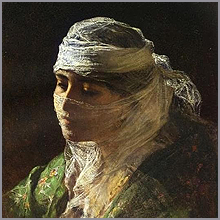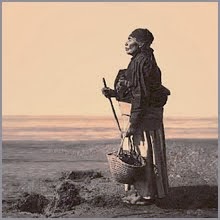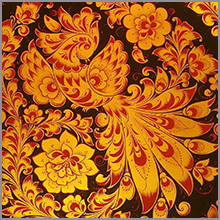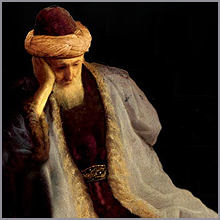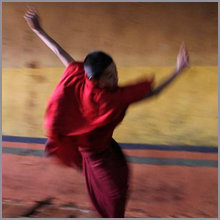How often in life are we left feeling that something has broken us? We might feel this way for any number of reasons, perhaps because of the loss of a loved one, leaving us heartbroken. Or because of some failed business venture, when our dreams collapse and we are left to ‘pick up the pieces’. Or perhaps some relationship comes to a sudden and painful end, leaving us feeling wounded, heartbroken and hesitant about risking some new beginning.
All such experiences are common enough, and it is unlikely that we can manage to get through life without encountering one or more of these various trials, perhaps even multiple times. But what seems to make these experiences unique is not so much that they happen, but our different reactions to them and how we personally deal with them. One way of coping with them is to ‘put a brave face on things’ and to act as if everything is alright really, and carry on behaving as if all is normal and that there is nothing really to worry about. In such a situation we have decided ‘not to make a fuss’, even though the reality might be that below the surface we are feeling emotionally devastated.
Methods used in the West by pottery restorers can be very successful at disguising damage caused by breakage. Some beloved or valuable ceramic, having been accidentally smashed into several pieces, is painstakingly restored by a competent professional. The ceramic is carefully glued back together, the pieces are joined once more, and any gaps between the cracks are filled with an appropriate modelling material before being painted over to closely match the original. In the hands of a skilled restorer the damage can be rendered invisible to all but the closest inspection. But there is another way.
The Japanese know it as the art of kintsugi. It is in every way the opposite, both in materials and in philosophy, of the restoration methods described above. Kintsugi means ‘golden joins’, because rather than making any attempt to disguise any cracks, the cracks instead are not only left plainly visible, but transformed into a feature of the ceramic by filling them with gold lacquer paste, transforming every single item repaired in this way into an individual object, even a unique work of art. The history of a piece, including the event of its breakage, is plainly visible, turning a potential disaster instead into a celebration.
Both of these methods ensure that the piece in question is as functional as it was before the breakage and suitable to be passed on to the next generation, but oh, how different they are in their approaches! Perhaps, rather than always ‘putting a brave face on things’, we ourselves might do better to remember the art of kintsugi and choose to bear our emotional and physical scars as worthy signs of our own personal history. A woman who has undergone a mastectomy and chooses to have her scar tattooed might in her own way be said to be practicing the art of kintsugi. Who among us has not been damaged at one time or another? It is up to us either to disguise that damage and pretend that everything is alright really, or to embrace it and create our own art of healing, our own ‘golden joins’.



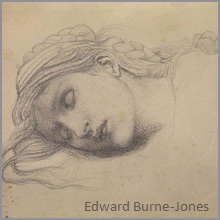
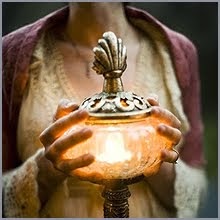
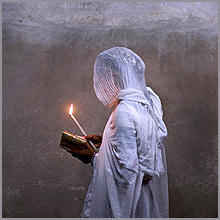
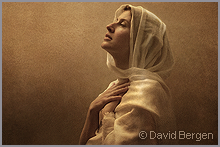
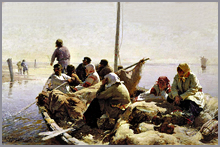
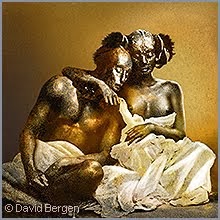


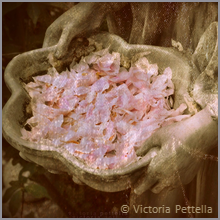
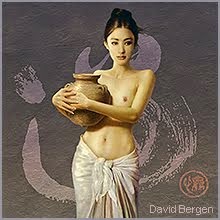

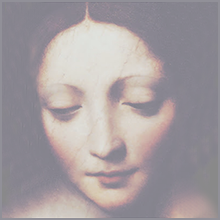
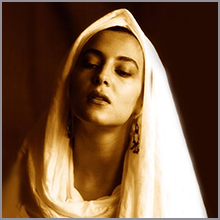
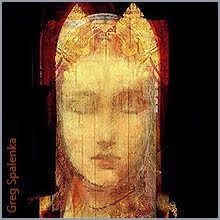
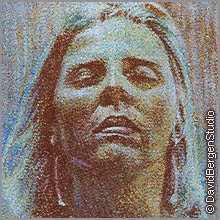






.png)




